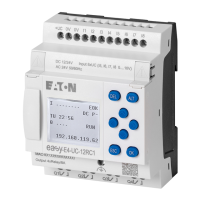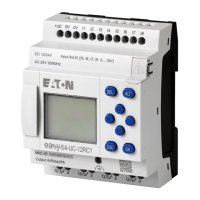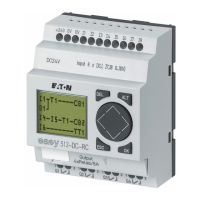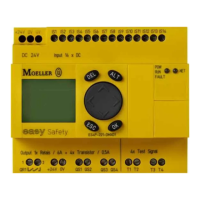Danger! – Dangerous electrical voltage!
• Installation requires qualified electrician
• Disconnect the power supply of the device.
• Secure against retriggering
• Verify isolation from the supply
• Ground and short-circuit
• Cover or enclose any neighboring live parts.
• Follow the engineering instructions (IL) of the device concerned.
• Only suitably qualified personnel in accordance with EN 50110-1/-2 (VDE 0105 part 100) may
work on this device/system.
• Before installation and before touching the device ensure that you are free of electrostatic
charge.
• The functional earth (FE) must be connected to the protective earth (PE) or to the equipoten-
tial bonding. The system installer is responsible for implementing this connection.
• Connecting cables and signal lines should be installed so that inductive or capacitive interfer-
ence does not impair the automation functions.
• Install automation devices and related operating elements in such a way that they are well
protected against unintentional operation.
• Suitable safety hardware and software measures should be implemented for the I/O interface
so that a line or wire breakage on the signal side does not result in undefined states in the
automation devices.
• Deviations of the mains voltage from the nominal value must not exceed the tolerance limits
given in the specifications, otherwise this may result in malfunction and hazardous states.
• Emergency-Stop devices complying with IEC/EN 60204-1 must be effective in all operating
modes of the automation devices. Unlatching the emergency stop devices must not result in
an automatic restart.
• Built-in devices for enclosures or cabinets must only be run and operated in an installed state;
desktop devices and portable devices only when the housing is closed.
• Measures should be taken to ensure the proper restarting of programs interrupted after a
voltage dip or outage. This should not result in dangerous operating states even for a short
time. If necessary, emergency stop devices should be implemented.
• Wherever faults in the automation system may cause damage to persons or property, external
measures must be implemented to ensure a safe operating state in the event of a fault or
malfunction (for example, by means of separate limit switches, mechanical interlocks, etc.).

